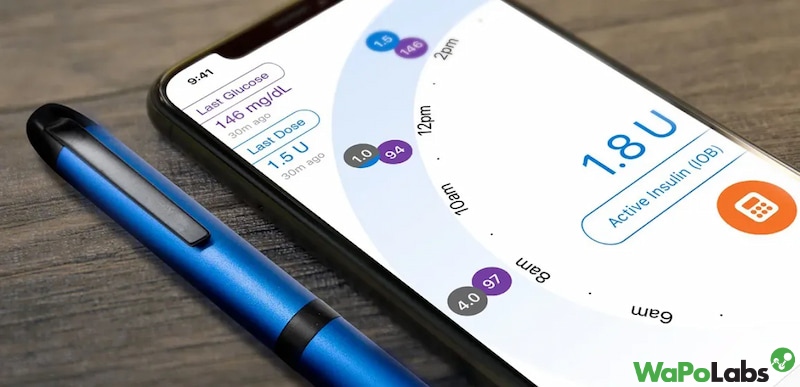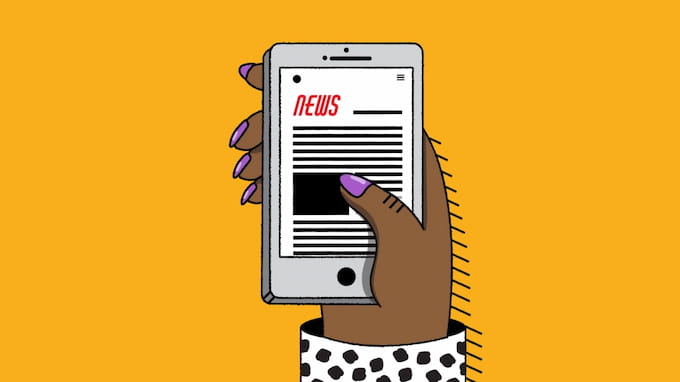Many healthcare systems have switched toward remote patient monitoring device as a result of innovative technology. It is without a doubt the most amazing instrument that helps patients and service providers alike by enhancing results and lowering costs. Find out the most popular and effective remote patient monitoring devices in the below article!

Why Are Remote Patient Monitoring Devices So Common?
Communication technology has made it possible for patients and care providers to connect and communicate, and it has also shown to be a crucial tool in assisting patients in healing and recovering more quickly.
In addition, because of the high degree of trust and transparency that they provide, remote patient monitoring technologies are gaining popularity at a breakneck speed.
The technology enables medical professionals to have a more in-depth grasp of the disease from which a patient is suffering and informs decision-making on the treatment choices available to the patient.
At the same time as delegating healthcare users to do self-help tests, greater power should be given to the users over their own treatment plans. While the service providers continually get a stream of carefully monitored data for the purpose of assessing and evaluating improved results.
The introduction of remote monitoring technologies has resulted in a reduction in overall expenditures while simultaneously elevating patient and provider convenience and comfort. It has helped patients save the time and energy that they need for healing, as seen by decreased readmission rates in emergency rooms as well as savings in terms of both time and money during travel.
Remote patient monitoring technologies assist patients to reclaim control of their life by lowering the need for in-person testing, visits, or hospitalization.
Because of advancements in technology and increased connectivity, the healthcare industry is now able to successfully manage patients who have disabilities, chronic diseases, or who are elderly and have mobility difficulties.
Patients are able to reclaim control of their life thanks to remote patient monitoring devices, which also assist in cutting down on the number of in-person tests, visits, and hospitalizations that are required.
Although remote patient monitoring has made remarkable contributions, such as efficient and effective remote consultation and rapid response management, there have also been other transformations that have occurred, such as an increase in the availability of bed space in medical centers, which can be allocated to patients who have severe conditions or emergency injuries.

Top 7 Most Popular Remote Patient Monitoring Devices
The use of remote patient monitoring devices enables medical professionals to observe, report on, and investigate the acute or chronic diseases of their patients while working outside of a hospital or clinic environment. They make it possible to get an insight into the illness condition of a patient in real-time, which in turn enables the clinician to make proactive clinical choices.
Patients may better participate in their everyday health care and get a deeper understanding of their conditions thanks to remote patient monitoring equipment. It is more probable that a patient would have long-lasting beneficial health results when they are actively engaged with their health on a regular basis using RPM devices.
On the market nowadays, there is an abundance of different technologies that can monitor patients remotely. Find out more about 7 remote patient monitoring devices that are often used in remote patient monitoring programs.
Blood Pressure Cuff
The heart rate and blood flow of a patient are calculated by blood pressure cuffs by observing variations in arterial motion. The main difference between the Bluetooth blood pressure cuff and the one we have all previously used in the doctor’s office is that it delivers the data in real time to the practitioner for evaluation.
The treatment of several illnesses, such as hypertension, diabetes, CHF, and renal failure, may be aided by blood pressure monitoring. At-home blood pressure monitoring is beneficial for any ailment that causes hypertension, or high blood pressure.
Instead of relying on a single point-in-time measurement, daily blood pressure monitoring provides information on the health of the heart on an ongoing basis. Additionally, it aids in preventing “white coat hypertension,” which occurs when a patient’s blood pressure is higher at the office than it typically is at home.
On the other hand, regular blood pressure checks can prevent disguised hypertension, which occurs when a patient has normal blood pressure in the doctor’s office but high blood pressure at home.

Glucometer
A patient’s blood sugar is measured with a glucometer by placing a little drop of blood on a test strip that is attached to the machine. A little drop of blood from the patient is applied to the test strip, and the meter reads it to generate the blood glucose measurement. The provider is then immediately notified of the reading for evaluation.
The use of a glucometer on a regular basis, and sometimes on numerous occasions during the day, is essential for many individuals with type 1 and type 2 diabetes. The patient and their physician are able to have a better understanding of how specific things are affecting the patient’s blood sugar levels and the diabetes symptoms they are experiencing thanks to the glucometer.
A number of factors may contribute, including the impact of medications, food, physical activity, stress, or disease.

Related post:
Pulse Oximeter
A non-invasive clip called a pulse oximeter is what is connected to the patient’s finger (or sometimes their earlobe) in order to monitor light wavelengths that indicate blood oxygen level. This level refers to the amount of oxygen that is circulating in the patient’s red blood cells. In addition to this, the pulse oximeter can monitor and record the patient’s heart rate.
People who suffer from chronic diseases, such as chronic heart or lung disorders like COPD or CHF, as well as patients who are being screened for or monitored for COVID-19, utilize pulse oximeters. Patients suffering from asthma and pneumonia are also given these medications. Pulse oximeters make it easier for medical professionals to track changes in the lung function of their patients. For individuals with COVID-19, for example, having low amounts of oxygen in the blood is often an important sign of a positive diagnosis.

ECG + Stethoscope
A stethoscope records heart and lung sounds, whereas an ECG records heart activity. Patients with heart disorders including arrhythmias or coronary artery disease often utilize the ECG. The stethoscope magnifies bodily sounds, allowing the healthcare professional to hear heart, lung, and bowel noises.
The first-of-its-kind ECG is being used by several customers to electronically record the sounds of the heart and lungs. The patient self-monitors their ECG at home, and the results are communicated immediately to the doctor for evaluation. This may be done in real-time through virtual visits or kept in the portal for subsequent clinical assessment.

Wearables
With the use of activity trackers, healthcare professionals may monitor a patient’s movement, heart rate, the danger of falling, and even sleep. They provide the healthcare professional a glimpse into the patient’s everyday activities and aid in their understanding of how these activities impact the patient’s health and symptoms. The data from the activity may be used by the providers to guide the patient’s treatment strategy. Fitbit and Apple Watch are two popular fitness trackers.
Some wearables use a sticker or patch to allow continuous monitoring. These wearables, which are attached to the patient’s body, provide continual symptom and biometric surveillance. A patient’s heart rate, blood pressure, glucose, weight, and stress may all be monitored with a single wearable.

Thermometer
The rapid and precise assessment of the patient’s fever (body temperature) made possible by a thermometer that may be connected through Bluetooth is invaluable to the healthcare professional in determining how to proceed with treatment.
There is a wide variety of Bluetooth thermometers available on the market today. These thermometers include non-touch digital thermometers that scan the forehead (temporal artery) and contact thermometers, which are typically positioned under the patient’s tongue in order to obtain an accurate reading.
A high temperature is an important diagnostic sign for a variety of illnesses, such as COVID-19, the flu, or other infections. When it comes to other medical disorders, a fever might be an indicator of symptoms that are becoming more severe or aggravating.

Bluetooth Scales
With the use of Bluetooth scales, both the patient and the healthcare professional may keep track of weight changes over time to verify that symptoms are not becoming worse and, if they are, to take appropriate action. This is crucial, particularly for CHF patients whose weight changes are often brought on by water retention. Given that weight growth is sometimes one of the most important signs of a deteriorating CHF, it is essential that the provider can track weight fluctuations.
Bluetooth scales offer self-management for obese patients, motivating them to assume responsibility and see patterns in their behavior. Obesity is a major risk factor for many diseases, including heart disease, stroke, type 2 diabetes, and several types of cancer, thus it must be properly managed.

The Bottom Line
In-person treatment is supplemented with remote patient monitoring technologies, which enable medical professionals to get a more complete understanding of a patient’s symptoms over the course of an extended period of time rather than simply during a single in-person visit. Remote patient monitoring device makes it easier for providers to do their work in an efficient and productive way that is also more data-driven.
Patients are given the ability to take control of their own healthcare when remote patient monitoring devices are used because they allow patients to become more involved in their own healthcare and better comprehend patterns in their condition.
Patients place a high value on convenience in today’s patient-centric healthcare setting, and they want to be able to carry their healthcare delivery in their pockets. Healthcare companies all across the nation have responded positively to this challenge and have become aware of the plethora of advantages that RPM offers.
Wapolabs USA
- Address: 1301 K Street NW Washington, D.C., U.S. 20071
- Phone: 0190-8286
- Email: [email protected]
- Website: https://www.wapolabs.com
- Instagram: https://www.instagram.com/wapolabs/
